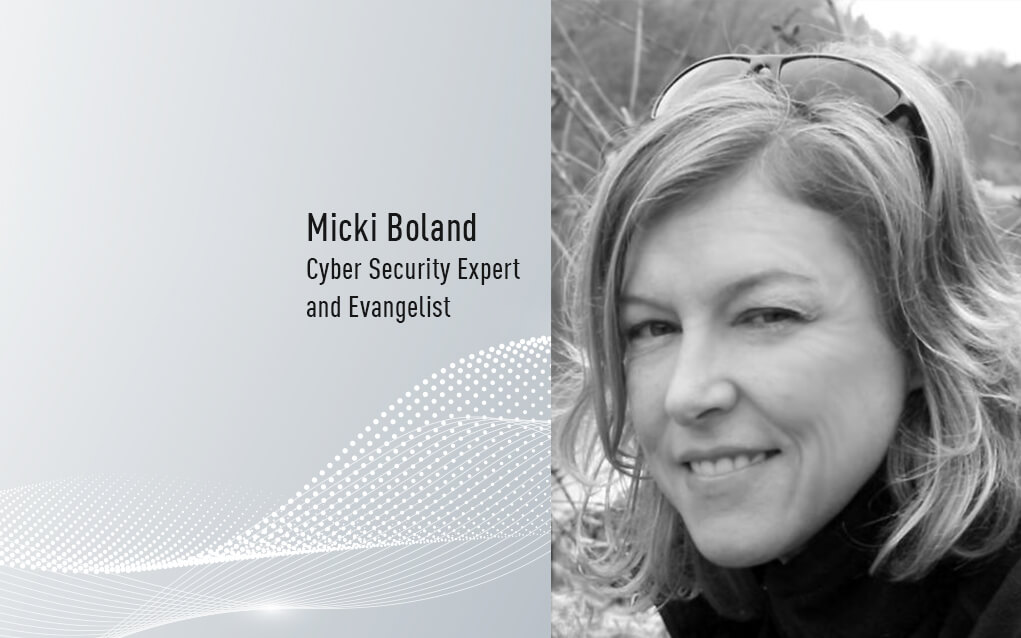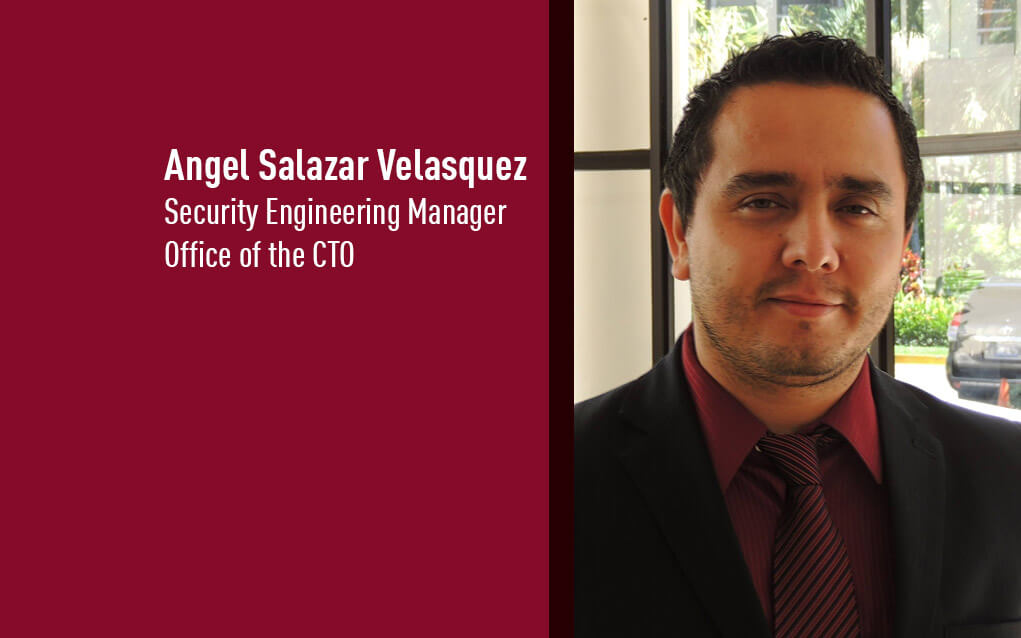
Micki Boland is a global cyber security warrior and evangelist with Check Point’s Office of the CTO. Micki has over 20 years in ICT, cyber security, emerging technology, and innovation. Micki’s focus is helping customers, system integrators, and service providers reduce risk through the adoption of emerging cyber security technologies. Micki is an ISC2 CISSP and holds a Master of Science in Technology Commercialization from the University of Texas at Austin, and an MBA with a global security concentration from East Carolina University.
In this dynamic and insightful interview, Check Point expert Micki Boland discusses how deepfakes are evolving, why that matters for organizations, and how organizations can take action to protect themselves. Discover on-point analyses that could reshape your decisions, improving cyber security and business outcomes. Don’t miss this.
Can you explain how deepfake technology works?
Deepfakes involve simulated video, audio, and images to be delivered as content via online news, mobile applications, and through social media platforms. Deepfake videos are created with Generative Adversarial Networks (GAN), a type of Artificial Neural Network that uses Deep Learning to create synthetic content.
GANs sound cool, but technical. Could you break down how they operate?
GAN are a class of machine learning systems that have two neural network models; a generator and discriminator which game each other. Training data in the form of video, still images, and audio is fed to the generator, which then seeks to recreate it. The discriminator then tries to discern the training data from the recreated data produced by the generator.
The two artificial intelligence engines repeatedly game each other, getting iteratively better. The result is convincing, high quality synthetic video, images, or audio. A good example of GAN at work is NVIDIA GAN. Navigate to the website https://thispersondoesnotexist.com/ and you will see a composite image of a human face that was created by the NVIDIA GAN using faces on the internet. Refreshing the internet browser yields a new synthetic image of a human that does not exist.
What are some notable examples of deepfake tech’s misuse?
Most people are not even aware of deepfake technologies, although these have now been infamously utilized to conduct major financial fraud. Politicians have also used the technology against their political adversaries. Early in the war between Russia and Ukraine, Russia created and disseminated a deepfake video of Ukrainian President Volodymyr Zelenskyy advising Ukrainian soldiers to “lay down their arms” and surrender to Russia.
How was the crisis involving the Zelenskyy deepfake video managed?
The deepfake quality was poor and it was immediately identified as a deepfake video attributable to Russia. However, the technology is becoming so convincing and so real that soon it will be impossible for the regular human being to discern GenAI at work. And detection technologies, while have a tremendous amount of funding and support by big technology corporations, are lagging way behind.
What are some lesser-known uses of deepfake technology and what risks do they pose to organizations, if any?
Hollywood is using deepfake technologies in motion picture creation to recreate actor personas. One such example is Bruce Willis, who sold his persona to be used in movies without his acting due to his debilitating health issues. Voicefake technology (another type of deepfake) enabled an autistic college valedictorian to address her class at her graduation.
Yet, deepfakes pose a significant threat. Deepfakes are used to lure people to “click bait” for launching malware (bots, ransomware, malware), and to conduct financial fraud through CEO and CFO impersonation. More recently, deepfakes have been used by nation-state adversaries to infiltrate organizations via impersonation or fake jobs interviews over Zoom.
How are law enforcement agencies addressing the challenges posed by deepfake technology?
Europol has really been a leader in identifying GenAI and deepfake as a major issue. Europol supports the global law enforcement community in the Europol Innovation Lab, which aims to develop innovative solutions for EU Member States’ operational work. Already in Europe, there are laws against deepfake usage for non-consensual pornography and cyber criminal gangs’ use of deepfakes in financial fraud.
What should organizations consider when adopting Generative AI technologies, as these technologies have such incredible power and potential?
Every organization is seeking to adopt GenAI to help improve customer satisfaction, deliver new and innovative services, reduce administrative overhead and costs, scale rapidly, do more with less and do it more efficiently. In consideration of adopting GenAI, organizations should first understand the risks, rewards, and tradeoffs associated with adopting this technology. Additionally, organizations must be concerned with privacy and data protection, as well as potential copyright challenges.
What role do frameworks and guidelines, such as those from NIST and OWASP, play in the responsible adoption of AI technologies?
On January 26th, 2023, NIST released its forty-two page Artificial Intelligence Risk Management Framework (AI RMF 1.0) and AI Risk Management Playbook (NIST 2023). For any organization, this is a good place to start.
The primary goal of the NIST AI Risk Management Framework is to help organizations create AI-focused risk management programs, leading to the responsible development and adoption of AI platforms and systems.
The NIST AI Risk Management Framework will help any organization align organizational goals for and use cases for AI. Most importantly, this risk management framework is human centered. It includes social responsibility information, sustainability information and helps organizations closely focus on the potential or unintended consequences and impact of AI use.
Another immense help for organizations that wish to further understand risk associated with GenAI Large Language Model adoption is the OWASP Top 10 LLM Risks list. OWASP released version 1.1 on October 16th, 2023. Through this list, organizations can better understand risks such as inject and data poisoning. These risks are especially critical to know about when bringing an LLM in house.
As organizations adopt GenAI, they need a solid framework through which to assess, monitor, and identify GenAI-centric attacks. MITRE has recently introduced ATLAS, a robust framework developed specifically for artificial intelligence and aligned to the MITRE ATT&CK framework.
For more of Check Point expert Micki Boland’s insights into deepfakes, please see CyberTalk.org’s past coverage. Lastly, to receive cyber security thought leadership articles, groundbreaking research and emerging threat analyses each week, subscribe to the CyberTalk.org newsletter.
